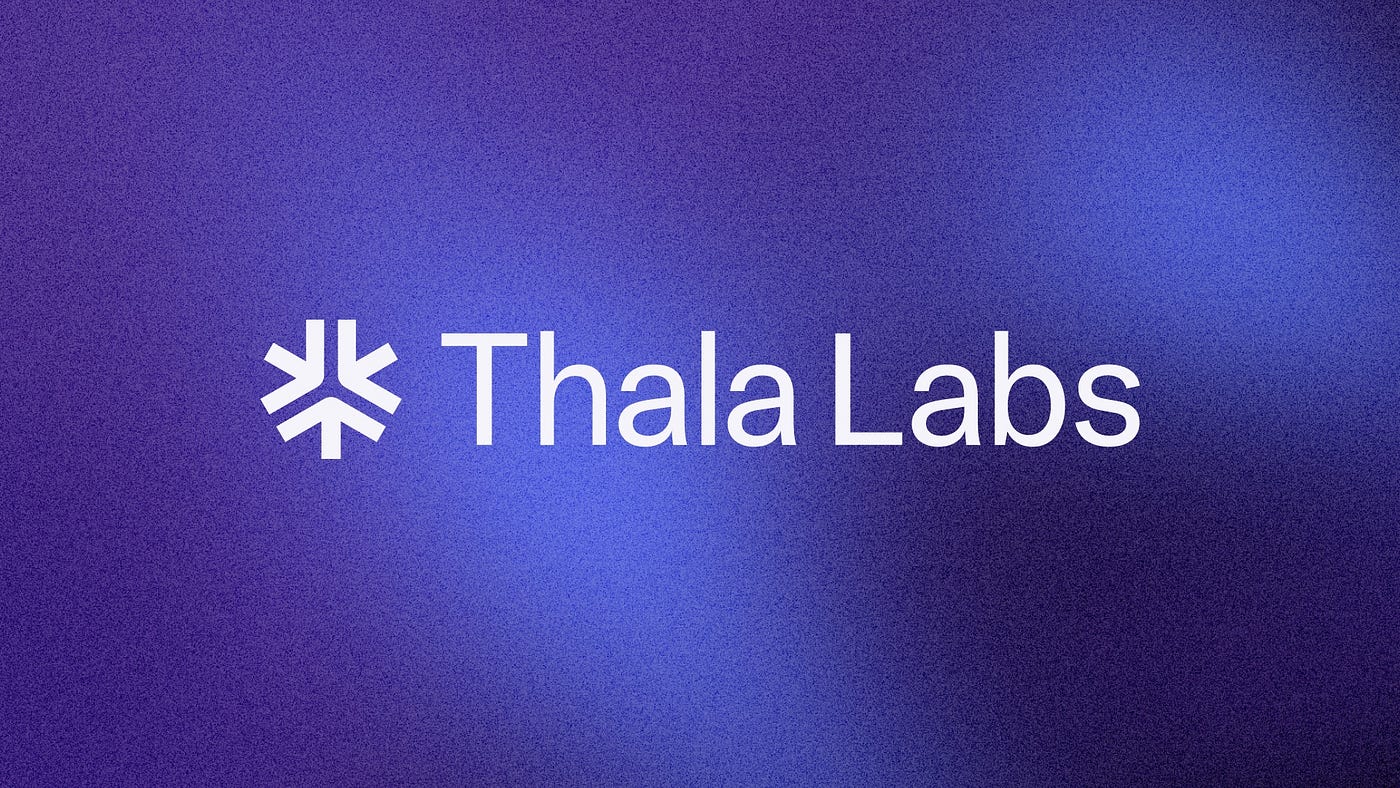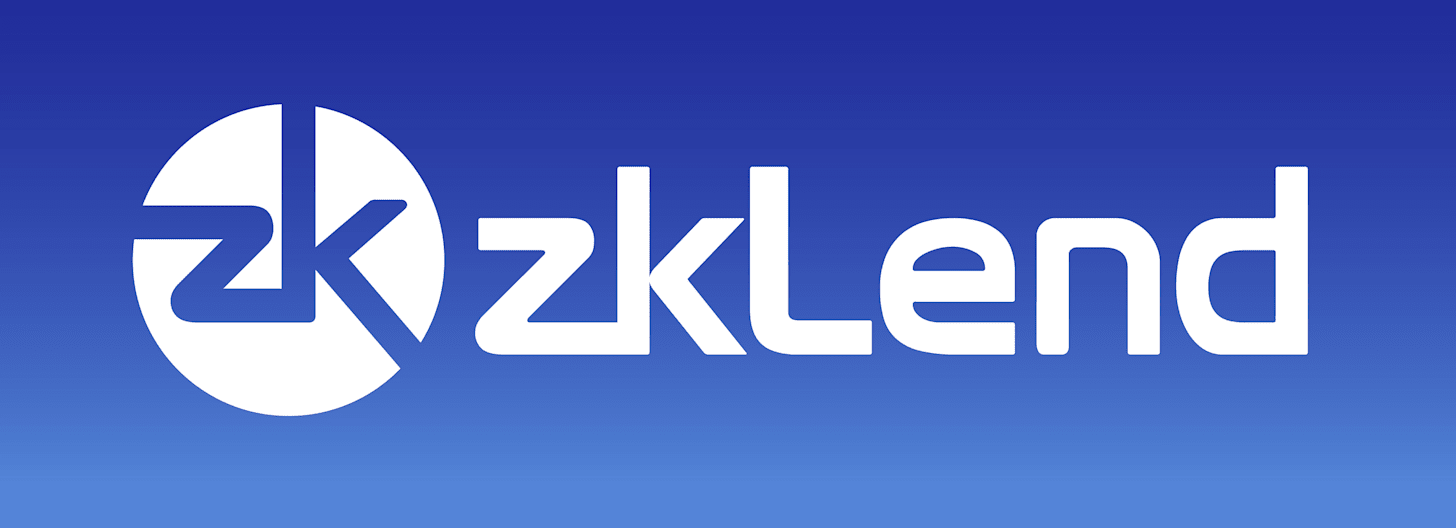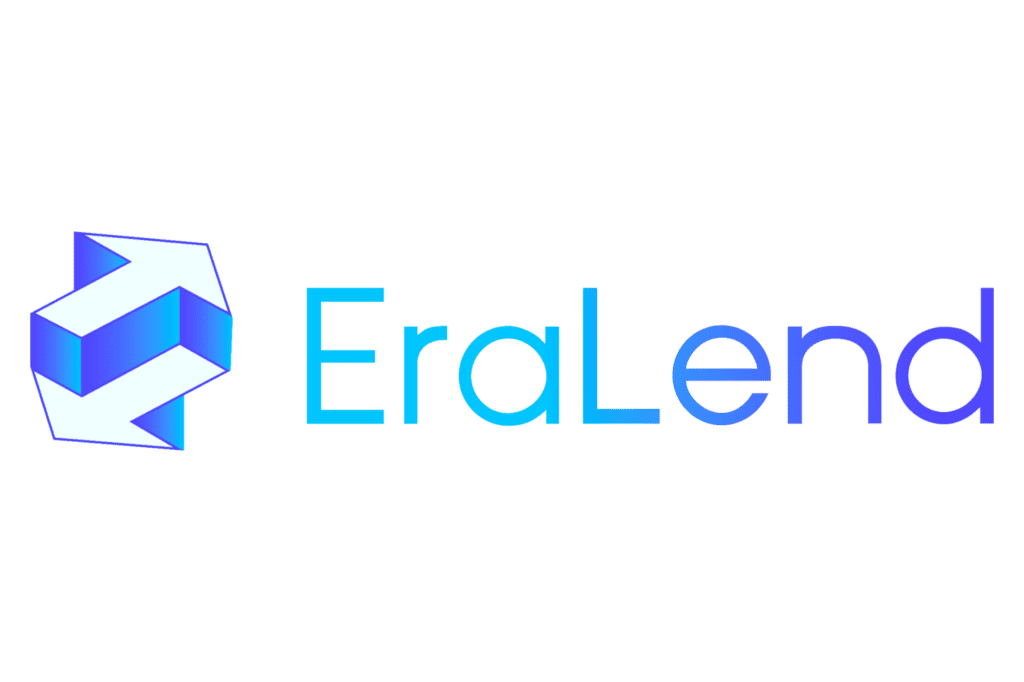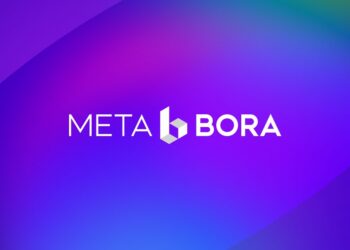DeFi (Decentralized Finance) is all about allowing more people to participate in the financial system. It achieves this by harnessing the security, immutability, and transparency of blockchain technology. It offers benefits such as reduced transaction costs, speedy resolution of fund transfers, and permissionless, secure fund management.
Despite the numerous concerns and uncertainties regarding how governments will regulate cryptocurrencies and related technologies, the DeFi sector continues to expand. There is over $43 billion in value locked within DeFi, representing a 9% increase compared to the $39 billion at the end of 2022.
Because DeFi represents a departure from traditional methods of handling money, projects within this space serve as catalysts in introducing the public to this new era of finance.
This article explores the top 10 new DeFi projects in 2023. These projects have been carefully selected from various facets of DeFi, including decentralized exchanges (DEXs), lending and borrowing protocols, DeFi wallets, and other vital components of the DeFi ecosystem.
Let’s dive in.
SyncSwap

Syncswap is a decentralized exchange that allows you to swap (trade) one crypto asset for another or stablecoins without the need for a centralized party. You can also earn from your crypto assets by depositing them as liquidity, which helps other DeFi users trade easily on the protocol.
It was originally based on the zkSync Era network, but the protocol has recently expanded to support the Ethereum and Linea networks. It is now capable of supporting both EVM-compatible and Zk networks.
Syncswap is also integrated with various crypto bridges that make it possible to move crypto assets across different blockchain networks.
The protocol played a major role in onboarding people to the zkSync network; it still processes the largest transactions on the network. As of the time of writing, Syncswap has $71.14 million in total value locked (TVL), according to data from Defillama.
Syncswap currently has no native token but plans to launch one called SYNC. The token will be used to reward liquidity providers and probably be used in governance like other established DEXs.
Thala

The Thala protocol offers a suite of DeFi tools and services on the Aptos blockchain. Its offerings include the Move Dollar (MOD), a type of overcollateralized stablecoin pegged to the US dollar; ThalaSwap, a weighted multi-asset AMM DEX; and ThalaLaunch, the protocol’s token launchpad for bootstrapping liquidity on ThalaSwap.
Besides providing services related to crypto assets, Thala also incorporates support for real-world assets (RWAs) on the Aptos blockchain, bringing real-world assets like tokenized treasury bills to the on-chain world.
As per data on defillama, Thala currently holds the top position for the largest DeFi protocol on Aptos, with $19.68 million in TVL as of writing.
The protocol’s native token is the THL token, the protocol’s governance token.
Vela Exchange
Vela Exchange offers decentralized trading opportunities on the Arbitrum network, allowing you to trade crypto assets with leverage of up to 250x. In simple terms, it is a decentralized exchange with advanced perpetual trading features.
Vela brings trading opportunities that were previously only available on centralized exchanges to DeFi. You can use trading triggers such as stop-loss and take-profit features and even place limit orders; features that are not typically available on AMM DEXs. The cool thing about this is that Vela can provide these services without compromising the inherent features of a decentralized network.
Another standout feature of Vela is its support for multichain deposits, which allow users to deposit crypto assets into the protocol from seven other EVM-compatible networks.
The protocol has launched its native protocol token called VELA, part of which was airdropped to early users who had traded at least $3,000 worth of trading volume and kept their trades open for a minimum of 1 minute.
As of the time of writing, the protocol currently holds over $12 million in Total Value Locked (TVL) and has processed over $340 million in trading volume.
Cetus

Cetus is a pioneering DEX on the Sui blockchain, launched simultaneously with the Sui blockchain’s mainnet in May 2023. Due to its support for Move-based applications, the protocol is compatible with the Aptos blockchain.
The protocol allows crypto asset exchange on the Sui network while retaining full custody of customer assets at all times. Liquidity providers also have the opportunity to earn rewards by depositing their crypto assets as liquidity on the protocol. Cetus further enhances its DeFi offerings by including a launchpad where new projects are introduced through IDOs (Initial DEX Offerings).
The protocol’s native token is CETUS. The CETUS token is necessary for participation in the protocol’s governance and for taking part in IDOs launched on its launchpad.
The CETUS token’s initial DEX offering (IDO) in May 2023 was oversubscribed. Over 6 million SUI tokens were committed for the IDO, and it reached its initial goal within 30 seconds after the sale went live. This event marked one of the highlights of DeFi so far in 2023.
The Move-based protocol is the largest DeFi protocol on the Sui blockchain, with over $8 million in TVL (Total Value Locked)as of the time of writing, representing more than 60% of the TVL in the Sui DeFi ecosystem.
Argent X
Argent X is a DeFi wallet that offers users complete control over their crypto assets. It is specifically designed to support smart contracts and blockchain networks developed zero-knowledge (zk) technology.
The wallet currently supports StarkNet, a Layer 2 network that uses zk technology to scale the Ethereum network, and zkSync, an Ethereum Layer 2 zk-rollup.
One of the reasons Argent X has stood out in the DeFi space in 2023 is its support for account abstraction, a configuration that helps users store crypto assets without having to worry about passphrases. This feature makes creating a wallet as simple as signing up for a Gmail account. In case of a loss of access to an Argent X wallet, retrieving it is possible and easy.
Since its launch in late 2022, Argent X has supported relatively new networks like StarkNet and zkSync. Impressively, it reigns as the preferred wallet for 80% of DeFi users on StarkNet and boasts a user base exceeding 1 million wallet holders.
zkLend

zkLend was launched in May 2023 as a pioneering protocol for facilitating fund lending and borrowing on StarkNet. Currently, the protocol is in its Alpha launch phase.
A lending and borrowing protocol like zkLend allows you to earn returns by depositing your crypto assets as liquidity on the protocol, and it also permits you to borrow crypto assets from the protocol.
For instance, if you want to borrow stablecoins like USDT, you can deposit an asset like ETH that you wish to hold long-term on the protocol. In return, you will receive USDT to use for your needs.
This arrangement ensures that as long as the Ethereum price remains within your specified collateralization ratio, you will have access to your deposited ETH whenever you want to make a withdrawal. Because the protocol is built on the Starknet Layer 2 network, this process is faster, all while maintaining the security standards of the Ethereum network.
zkLend is designed to support blockchain networks using zk technology. Presently, it only supports StarkNet; however, the protocol has outlined plans to expand its presence to other zk networks.
The zkLend team has hinted at the launch of a native protocol token known as ZEND, but is yet to confirm when that will happen. At the time of writing, zkLend is the largest lending protocol on StarkNet, with $3.68 million locked into its protocol.
Maverick Protocol

Maverick Protocol is an Automated Market Maker (AMM) DEX initially launched on the Ethereum network in March 2023. The protocol now also supports the BNB and zkSync Era networks.
The protocol is designed to allow DeFi users to swap crypto assets easily. It also offers an opportunity for liquidity providers to use their capital more efficiently, addressing the current inefficiencies in liquidity provision.
In addition to its AMM offering, the protocol supports new DeFi projects. Maverick Protocol allows new DeFi projects to access tools to boost liquidity in the early stages and sustain their project. The protocol currently partners with top DeFi projects like Frax, Lido, and Rocket Pool.
The protocol has also become a hub for trading liquidity staking tokens, facilitating such trades by providing the needed liquidity. All of these justify the $57 million TVL on the protocol.
Following the project’s success, the team at Maverick Protocol raised $9 million in June 2023. The fund is dedicated to expanding the services of the AMM DEX as it aims to make the DeFi market more efficient.
In June 2023, the protocol distributed 30 million MAV tokens, its native protocol token, to early adopters. This includes liquidity providers, users participating in its on-chain governance, and holders of the MAVA NFT.
EtherFi

EtherFi is an Ethereum liquidity staking protocol that launched its Phase 1 mainnet in May 2023. The protocol is one of the many protocols providing staking services on the Ethereum network since Ethereum switched to a Proof-of-Stake (PoS) network.
EtherFi distinguishes itself from the others by extending its staking service beyond native Ether (ETH) to encompass liquid-staked ETH variants such as stETH and frETH. These assets, which already yield returns, can now be staked on EtherFi for supplementary rewards.
The protocol caters to both users who can afford the minimum 32 ETH staking requirement to run a validator node and those who cannot stake as much.
EtherFi takes a unique decentralized approach to managing nodes that stake ETH for the protocol. It allows both node operators and stakers to control the keys to the validator nodes rather than being centrally managed by the protocol.
In this scenario, the staker retains access to their deposited ETH, even if the protocol were to cease existence, as no malicious operations from the team can grant access to a staker’s ETH.
Stakers hold NFTs, signifying their share of staking on the Ethereum network through the protocol. You can also stake your ETH for these unique NFTs directly. The NFT accumulates staking rewards over time and can be redeemed for ETH or traded on NFT marketplaces for an agreed value between you and potential buyers.
EtherFi’s innovative approach to liquid staking has attracted over $30 million in staked assets since its launch. EtherFi does not currently have a native token.
Rysk Finance

Rysk Finance is a decentralized crypto options trading protocol. The protocol allows users to access various vaults, enabling exposure to crypto options and predictions on crypto asset prices.
Rysk Finance also provides liquidity provision services. It offers a system for generating consistent returns on assets deposited on the platform, regardless of the overall market conditions. This structure empowers liquidity providers to selectively engage with risks that align with their comfort levels.
One notable feature of Rysk Finance is its ability to deliver uncorrelated returns. Liquidity providers on the platform can earn returns on assets different from those they initially deposited, thanks to the platform’s flexible investment strategy.
The protocol caters to both market makers and similar protocols. Market makers provide liquidity to facilitate trades and act as counterparties to earn fees, while other protocols benefit from integrating with Rysk to offer related services to their end-users.
As of the time of writing, Rysk Finance boasts a TVL (Total Value Locked) of $2.06 million.
EraLend

EraLend is at the forefront of the money market within the zkSync Era network. It proudly holds the title of being the very first lending and borrowing protocol in this ecosystem, with a core mission to boost capital efficiency and provide secure DeFi lending services.
At its core, EraLend allows lenders to earn interest on their deposited crypto assets. Simultaneously, borrowers can make the most of the platform’s offerings, gaining access to stablecoins and crypto assets without having to fully sell their holdings.
DeFi borrowers can borrow crypto assets such as ETH, USDC, and Syncswap USDC-ETH LP on the protocol. Excitingly, the development team has noted there are plans to expand this roster in the near future. Since its launch, over 430,000 users have interacted with the protocol.
Previously, EraLend held the top spot as the leading lending and borrowing protocol on the zkSync Era network, with a Total Value Locked (TVL) of approximately $22 million in July 2023. However, due to a reentrancy exploit on the protocol, its TVL has dropped to just a little over $3 million.
In Conclusion,
The present DeFi landscape may not rival the astonishing figures of the DeFi surge in 2020, but it’s important to recognize that the industry is far from stagnant. DeFi itself is still in its infancy, and the projects emerging within the sector are far from perfect. However, this does not diminish the innovative nature of the industry.
While activity has temporarily declined due to the current plague of scams and hacks, the sector is poised to advance and develop strategies to curtail and eliminate such issues.
As regulatory guidelines become clearer, we can expect an industry capable of coexisting with traditional finance and offering even more financial solutions and opportunities.
Disclaimer: This article is intended solely for informational purposes and should not be considered trading or investment advice. Nothing herein should be construed as financial, legal, or tax advice. Trading or investing in cryptocurrencies carries a considerable risk of financial loss. Always conduct due diligence.
If you would like to read more articles like this, visit DeFi Planet and follow us on Twitter, LinkedIn, Facebook, Instagram, and CoinMarketCap Community.
“Take control of your crypto portfolio with MARKETS PRO, DeFi Planet’s suite of analytics tools.”





















